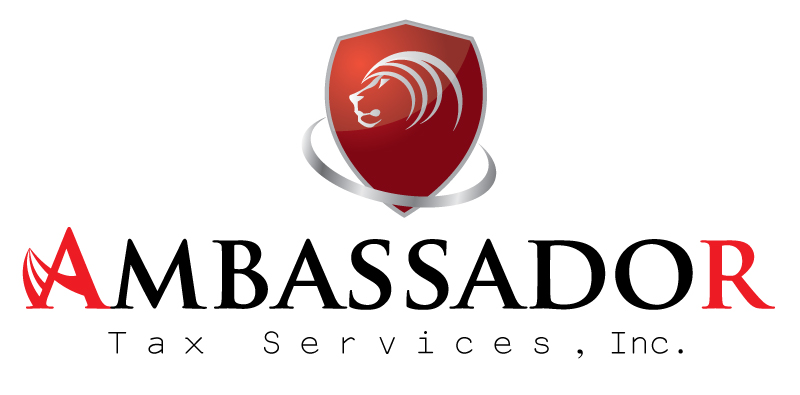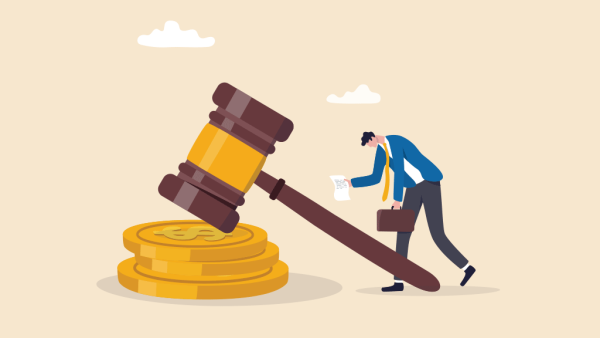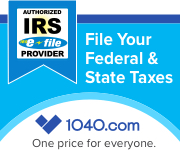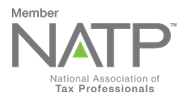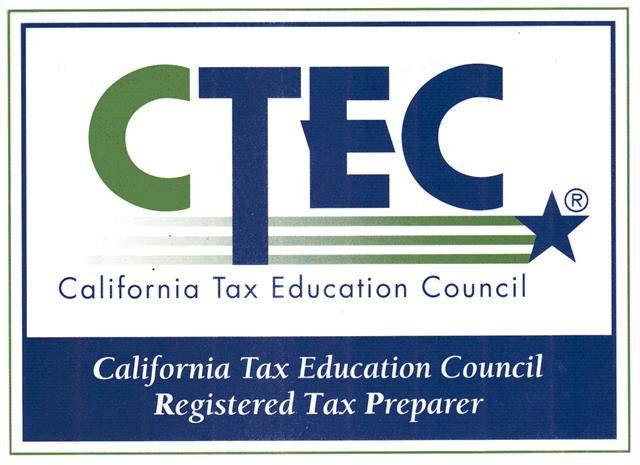The IRS has announced new penalty relief totaling around $1 billion to approximately 4.7 million individuals, businesses, and tax-exempt organizations.
This relief is aimed at those who did not receive automated collection reminder notices during the pandemic, which were temporarily suspended in February 2022 due to the COVID-19 crisis. The IRS will issue a special reminder letter in February 2024 to inform taxpayers of their liability, along with easy payment options and details on any applicable penalty relief.
The penalty relief was put into place to address concerns that taxpayers who hadn’t heard from the IRS in a while might face larger tax bills when collection notices resume. Automatic for eligible taxpayers, the relief covers those with assessed tax under $100,000 for tax years 2020 and 2021. The IRS estimates that 5 million tax returns, filed by everyone from individuals to businesses and tax-exempt organizations, are eligible—with an estimated $206 per return in savings.
The penalty relief only applies to eligible taxpayers who were in the IRS collection notice process or received an initial balance due notice between Feb. 5, 2022, and Dec. 7, 2023. Taxpayers eligible for relief will still fall under the failure-to-pay penalty, though, which will resume on April 1, 2024. The relief also extends to taxpayers who have already paid their full balance; the IRS will issue refunds or credit payments toward other outstanding tax liabilities.
In terms of prioritization, the IRS has adjusted eligible individual accounts first. Business accounts are being adjusted into early January, with trusts, estates, and tax-exempt organizations to follow in late February to early March 2024.
The IRS will go back to the typical cycles of sending automated collection notices and letters starting in January 2024. These notices are specifically aimed toward individuals with tax debts prior to tax year 2022—and prior to 2023 for businesses, tax-exempt organizations, trusts, and estates with tax debts. This marks the end of the pandemic-related pause in collection notices, affecting only follow-up reminders.
Taxpayers not eligible for automatic relief can still explore existing penalty relief procedures. For example, taxpayers can look into the reasonable cause criteria or the First-Time Abate program. The IRS urges taxpayers to visit their website at IRS.gov for details.
Taxpayers receiving notices are advised to carefully read them before contacting the IRS, and resources are available on IRS.gov to help with tax debt, providing easy options to manage unpaid tax bills and avoid additional interest and penalties. The agency has also undergone transformational work, including improvements in the collection area, to enhance taxpayer support.
Additionally, the IRS has highlighted various payment options and online tools to assist taxpayers with unpaid tax debts. As part of ongoing efforts to improve services, the IRS has introduced self-help tools, including the IRS Document Upload Tool, improved phone service with callback features, and bots that can answer basic questions, set up or modify payment plans, and request transcripts. Taxpayers are encouraged to create an IRS Online Account for easy access to information about unpaid tax bills or to apply for an online payment plan.
Overall, the IRS’s actions represent a significant effort to ease the financial burden on taxpayers facing back taxes, particularly those impacted by the unique circumstances of the COVID-19 pandemic.
Source: IR-2023-244
